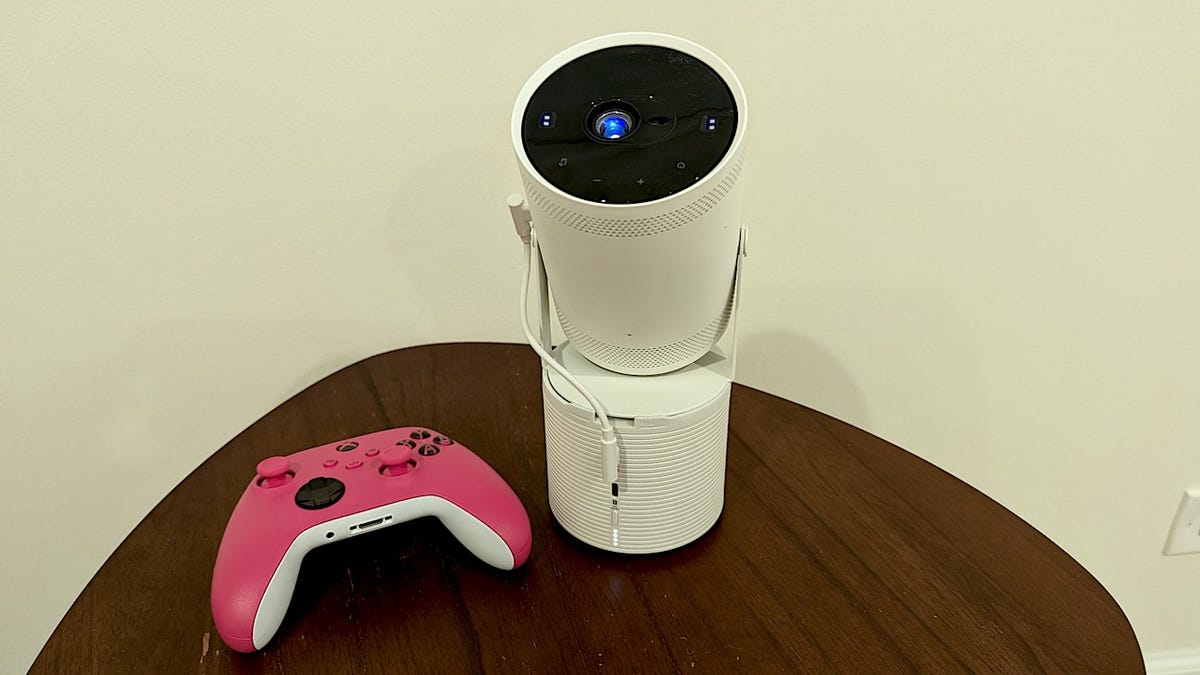BOOK THIS SPACE FOR AD
ARTICLE ADThere are more than 6,000 cryptos being actively traded today! So how do you pick good ones? If you said guesswork, you are not alone. But that's not the right way to do it. Savvy investors always do their own research. I have developed the R.O.H.A.S. Crypto Valuator that turns your research into actionable insights and helps you pick the right cryptos.
R = Revenue O = Organization H = History A = Algorithm S = Social engagementLet's understand each of these terms:
R = Revenue
The first question we need to answer is what is the crypto's revenue model or economic impact. After all, a crypto is a financial asset. It's supposed to solve some problem or generate some money for its ecosystem. This ecosystem may include miners, node operators, partners, and even the startups building on the platform.
Let's take an example. Bitcoin is a medium of exchange that is not dependent upon a Government or bank. The basic idea is that anyone in the world can pay anyone else using Bitcoin. If the cost of Bitcoin transactions is less than that of conventional ones and the speed is more, then Bitcoin can become the preferred way for people to pay and receive. And this is a multi-trillion-dollar opportunity.
Let's take another example – Ether (ETH) is the “fuel” that powers the decentralised finance economy that mainly runs on the Ethereum public blockchain. So if you are bullish on decentralised finance, you would seriously consider adding ETH to your portfolio.
O = Organization
The second issue is about the organisation behind the crypto. Now, cryptos are supposed to be decentralised. This means there should not be a single organisation or a small group of people behind it. But that's rarely the case.
So it's essential to check out the team behind the crypto — founders, developers, marketers, etc. The crypto should have a highly skilled and respected team with strong, relevant experience, solid credibility, and positive social media status.
H = History
The third issue is around the history of the crypto. Firstly, we analyse whether the project milestones have been achieved on time, in the past. A lot of famous cryptos, including Ether (ETH) actually score badly on this point.
Secondly, we look at the history and liquidity of the crypto. Ideally, a crypto should show strong growth in its active users, and trading volume. It should also have adequate liquidity, availability of multiple trade pairs, & must be listed on multiple credible exchanges.
A = Algorithm
Here we look at three aspects — the consensus mechanism, the source code, and the developer pool.
The consensus mechanism must be proven, secure, and efficient with minimum environmental impact.
Next comes the source code. This should be of high quality. Factors to consider in the source code include:
Third-party audits, Pull requests, Issues and their resolution, Stars Quantity and quality of commits Forks Documentation etc.When it comes to the developer pool, we need to analyze the long-term availability of adequate developer talent. Factors to consider include the complexity of coding skills needed, the current availability of talent, availability of learning resources, ease of skill enhancement, etc.
S = Social engagement
Last but definitely not least is the social engagement of the crypto's community. All successful cryptos have a large, vibrant, active, engaged, positive community with a fair share of fanatics. Need proof? Check out Bitcoin and Dogecoin.
While checking out a crypto's social status, check out its presence and engagement on Discord, Facebook, Instagram, LinkedIn, Reddit, Telegram, Twitter, and YouTube. And if you want to try out the R.O.H.A.S. Crypto Valuator, head over to the Future Money Wallet and create a free account.
.png)
 3 years ago
114
3 years ago
114 














 Bengali (Bangladesh) ·
Bengali (Bangladesh) ·  English (United States) ·
English (United States) ·